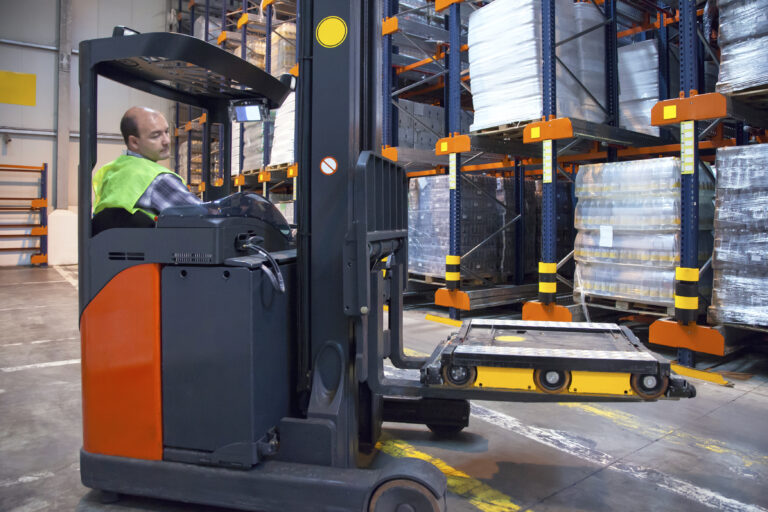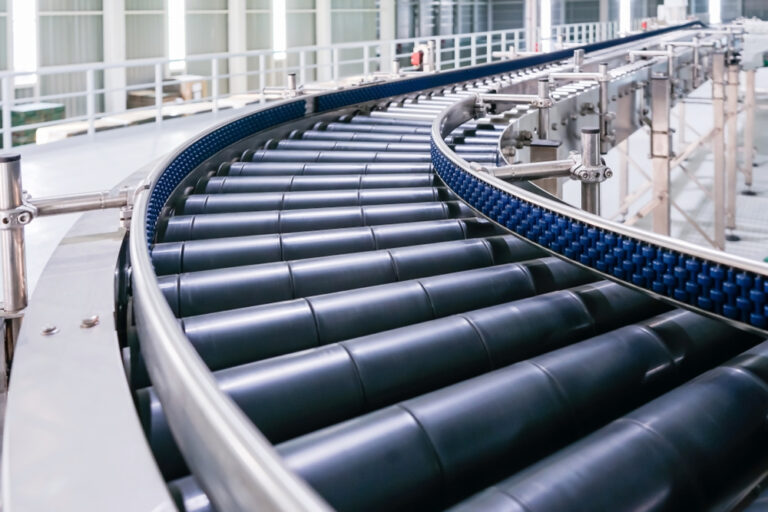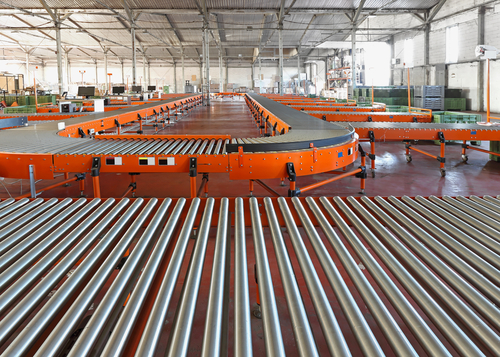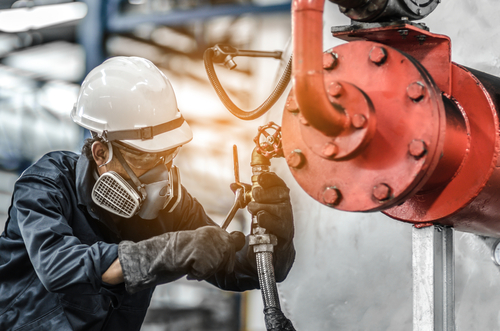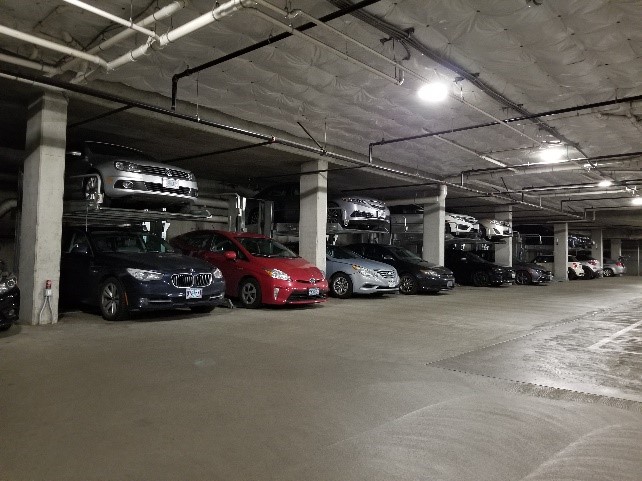Just like a car tune-up or health check-up, your fall protection equipment requires preventative maintenance to ensure it continues to run safely and effectively. Especially if you have many different pieces of equipment on hand, you’ll have different cycles of inspections that need to be done and work that must be completed.
How do you determine when to schedule preventative maintenance for your fall protection equipment? Keep reading to get an inside look.
1. Review Regulation Requirements
For California businesses in particular, regulation requirements play an important part in preventative maintenance. This is because California not only falls under federal OSHA regulations, but also Cal/OSHA regulations.
As Mathews Mechanical Owner Jared Mathews explains, “Federal OSHA regulations require you to inspect your fall protection gear once each year. Cal/OSHA requires it twice a year.”
To keep up with the regulations required by your state, consult an expert team. At Mathews Mechanical, we’ve been installing, servicing, and meeting regulation requirements on fall protection equipment for years. Our certified team is knowledgeable about safety requirements and what needs to be done for your specific circumstances.
2. Learn Self-Inspection vs. OSHA Inspection
When it comes to fall protection equipment, you can’t be too careful. For this reason, it’s essential to understand the difference between self inspection and OSHA inspection. When using this equipment, users will generally perform their own inspection before taking off to work. This is particularly the case when it comes to harnesses and the like. This pre-use inspection is a self-inspection, not an OSHA inspection. When you inspect your equipment prior to every use, you can spot glaring issues, like a broken harness buckle, for example.
“Even if you complete a pre-use inspection, you’re still required to have all your gear inspected per CAL/OSHA by an expert, like our team members at Mathews Mechanical,” Jared shares.
Noting these two categories of requirements is key to meeting regulations and avoiding fines. Have your team complete their pre-use check, but don’t forget to get equipment inspected by a professional twice a year as well.
3. Understand the Importance of Inspection
When should you perform preventative maintenance on your fall protection systems? Of course, inspection is easiest to remember at the time of install. Still, preventative maintenance and inspection is an ongoing requirement.
“Most people don’t realize inspection is a requirement,” Jared says. It’s easy to get busy on a project and forget to get a professional equipment inspection 1-2 times a year per requirement. In some cases, the companies who deliver this equipment forget to even mention OSHA regulations.
If there’s one thing you never want to catch you by surprise, it’s safety regulations. That’s why having an expert team on your side can make the difference. When we sell equipment at Mathews Mechanical, we make sure our clients are made aware of the necessity of recurring inspections.
It may also help to officially delegate the responsibility of safety requirements to someone on your team. In many large organizations, managing safety requirements is an entire role. No matter the size of your organization, understanding requirements and regulations is critical for compliance and safety.
4. Consider Challenges of Uninspected Equipment
There’s a reason why OSHA regulations require regular inspections and preventative maintenance. One of those reasons: potential harm and damage to users. If fall protection equipment fails, an organization can expect significant fines from OSHA for not being compliant.
But far greater than even the largest financial penalties is team safety. With unsafe equipment, your employees are at risk of injury or death. And that’s not a risk worth taking. For many reasons, ensuring regular inspection and preventative maintenance is key.
What is your organization doing to meet safety regulations and perform preventative maintenance? Learn more about how Mathews Mechanical can help and speak to an expert about your business.

